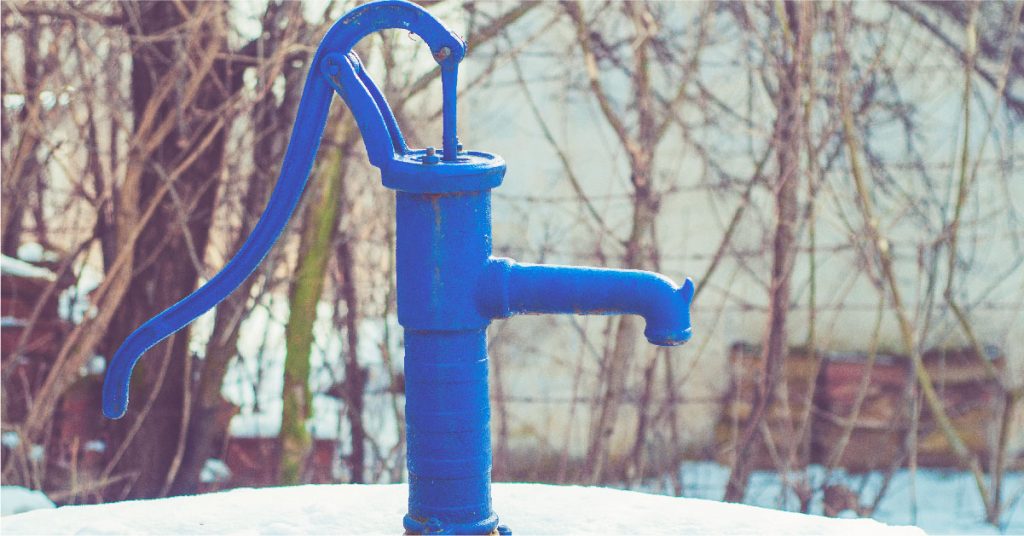Access to clean and safe potable water is essential for the well-being of any community. In South Africa, as in many parts of the world, ensuring a consistent and safe potable water supply is an ongoing challenge due to various factors, including population growth, climate change, and infrastructure issues. Understanding what potable water is and how to effectively manage it is crucial for maintaining public health and promoting sustainable water use.
In this blog, we will explore the steps to ensure a safe and clean potable water supply in South Africa and the importance of maintaining these water systems.
What is Potable Water?
Before delving into the steps to ensure clean water, it’s essential to understand what potable water is. Potable water is water that is safe for human consumption, meaning it is free from harmful contaminants that could cause illness or harm. This includes drinking water, water used in food preparation, and water used for sanitation and hygiene purposes. To qualify as potable water, the water must meet specific quality standards, including limits on chemical substances, microorganisms, and physical characteristics like turbidity and temperature.
In contrast, non-potable water refers to water that is not safe for human consumption. This can include untreated surface water, wastewater, or water that contains harmful levels of pollutants or pathogens.
What is a Potable Water System?
A potable water system refers to the infrastructure and processes used to supply and deliver clean and safe drinking water to homes, businesses, and public facilities. It includes the treatment facilities, pipes, pumps, and distribution networks that ensure potable water reaches its intended destination. The system must be carefully managed to prevent contamination and ensure that water quality is maintained throughout its journey from the source to the consumer.
In South Africa, many areas rely on complex water systems that source water from rivers, dams, or groundwater, treating it before distributing it to the population. These systems require regular monitoring and maintenance to ensure they continue to provide safe potable water to the public.
Steps to Ensure Safe and Clean Potable Water Supply in South Africa
Ensuring a safe and clean potable water supply requires a combination of infrastructure development, effective water treatment processes, and vigilant management. Below are some of the key steps that can be taken to ensure access to potable water in South Africa.
1. Water Source Protection
The first step in ensuring clean potable water is to protect the sources from contamination. South Africa relies on rivers, dams, and groundwater as sources of potable water, but these water bodies are vulnerable to pollution from agricultural runoff, industrial waste, and untreated sewage. To ensure that water remains safe for treatment and consumption, it is essential to protect these sources by regulating and monitoring activities around them.
Effective land management, reducing pollution, and promoting sustainable agricultural practices can help reduce the risk of contamination. Additionally, encouraging community awareness about the importance of protecting water sources is vital to ensuring long-term water security.
2. Water Treatment Processes
Once the water is sourced, it must undergo treatment to remove contaminants and make it safe for consumption. The treatment process typically involves several stages, such as:
- Coagulation and Flocculation: In this step, chemicals are added to the water to bind smaller particles together, forming larger clumps (or flocs) that can be removed more easily.
- Sedimentation: The flocs settle to the bottom of the treatment tank, where they are removed.
- Filtration: The water is passed through filters to remove any remaining particles or impurities.
- Disinfection: Chlorine, ozone, or ultraviolet (UV) light is used to kill harmful bacteria, viruses, and other pathogens.
3. Maintaining Distribution Networks
Once the water has been treated, it is transported through a network of pipes to homes and businesses. These distribution systems must be well-maintained to prevent contamination during transport. Leaky pipes, improper storage, or cross-contamination from non-potable sources can all lead to contamination of the treated water.
Regular inspections and prompt repairs are necessary to maintain the integrity of the water supply system. Additionally, ensuring that water storage tanks are properly sealed and cleaned can prevent contamination.
4. Wastewater Treatment and Reuse
In South Africa, where water scarcity is a growing concern, wastewater treatment and reuse are becoming increasingly important for supplementing the potable water supply. Wastewater treatment involves cleaning used water, making it safe for reuse in various applications such as irrigation, and industrial processes, or even reintroducing it into the potable water supply after further treatment.
Recycling wastewater can help ease the pressure on existing water sources and provide a sustainable solution to water scarcity. However, this treated water must meet stringent quality standards to ensure it is safe for reuse.
5. Public Awareness and Education
Public education plays a vital role in ensuring the safe use and conservation of potable water. Communities need to be informed about the importance of maintaining water quality, reducing water wastage, and taking care of local water sources. Encouraging responsible water usage can help alleviate pressure on the existing potable water systems and promote sustainable water practices.
Furthermore, educating the public about what constitutes potable and non-potable water can help prevent confusion and ensure that non-potable water is not used for drinking or food preparation.
6. Monitoring and Regulation
A comprehensive monitoring and regulation system is essential to ensure that the water supply remains safe and clean. Regular testing of water quality throughout the treatment process, distribution system, and at the point of consumption is necessary to detect any potential contamination early. Governments and regulatory bodies must enforce strict standards for water quality and hold water suppliers accountable for meeting those standards.
In South Africa, several organizations, such as the Department of Water and Sanitation (DWS) and the Water Research Commission (WRC), play a vital role in overseeing water quality and ensuring that potable water standards are met.
7. Investment in Infrastructure
Finally, continuous investment in water infrastructure is essential for ensuring a reliable and sustainable potable water supply. This includes building new treatment plants, upgrading aging infrastructure, and expanding the distribution network to reach underserved areas. As South Africa’s population grows, ensuring that all communities have access to safe potable water becomes even more important. Investing in innovative technologies and solutions, such as smart water systems and efficient water treatment methods, can help improve the quality and sustainability of the water supply.
Ion Exchange: Pioneering Sustainable Water Treatment Solutions
Ion Exchange, a leading company in water treatment solutions, has been instrumental in South Africa’s quest for water sustainability. The company provides advanced technologies and systems to address the country’s unique water challenges.
It is a cutting-edge technology used to remove the majority of contaminants from water by applying pressure to force water through a semi-permeable membrane. This membrane allows the passage of water molecules while blocking dissolved salts, organics, bacteria, and pyrogens. The high-pressure pump increases pressure on the salt side, pushing water across the RO membrane and leaving most dissolved salts behind in the reject stream. The treated water typically has 95% to 99% of dissolved salts removed.
It offers an effective method for eliminating biological contaminants. These purifiers guard against water-borne viruses, bacteria, and microorganisms such as Giardia and Cryptosporidium. Exposure to UV radiation within the flow chamber purifies harmful microbiological impurities.
The innovative High Recovery RO (HRR) process, featuring the Water Saver Cartridge (WSC), continuously sweeps away salts and kills microbes, allowing operation at high recovery levels. This process achieves up to 70% recovery from a single RO membrane, three times higher than conventional systems, and saves over 80% of water, making it eco-friendly with a high shelf life for treated water.
Conventional UV systems can suffer from slime buildup, bacterial growth, voltage fluctuation, and quartz scaling, leading to poor disinfection. The patented ESS technology by ZeroB ensures complete microbial kill, overcoming these drawbacks and preventing water recontamination.
Ion exchange resins play a crucial role in various separation, purification, and decontamination processes. Ion Exchange manufactures a range of resins, including poly-iodinated and iron-specific resins, which eliminate microbial contaminants and reduce iron levels to safe drinking standards (less than 0.3 ppm).
Conclusion
Potable water is a fundamental resource that supports life, health, and economic development. Understanding what potable water is and the importance of potable water systems helps us appreciate the efforts involved in providing safe and clean drinking water. As South Africa faces challenges such as aging infrastructure, contamination risks, and climate change, investing in advanced potable water systems is more important than ever. These systems ensure that water is treated and distributed safely, meeting the needs of communities while promoting sustainable water management.
Connect with Ion Exchange experts today to learn more about potable water systems.


